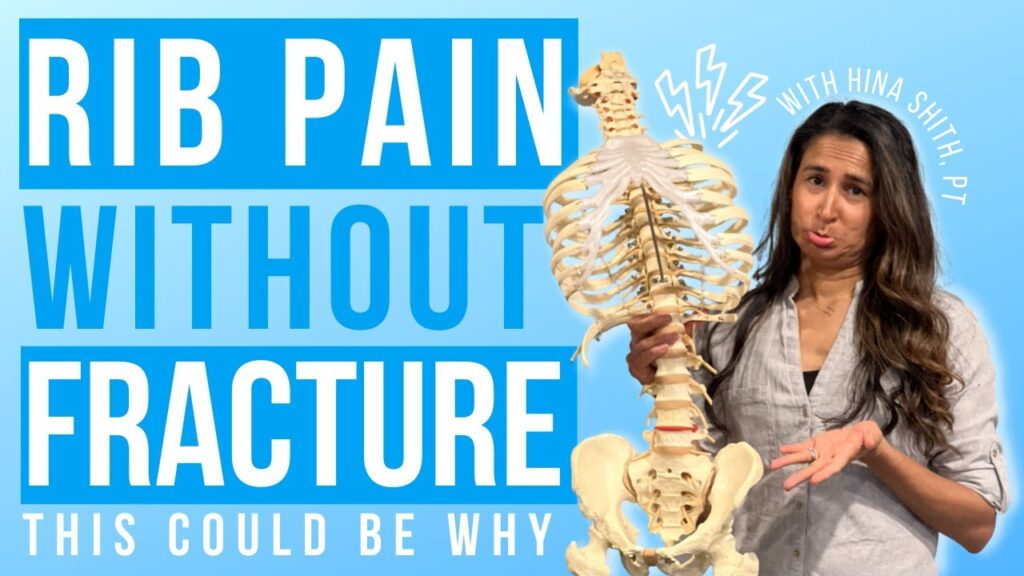Understanding Anal Fissures and Their Symptoms
In this video, Hina Sheth, a pelvic floor physical therapist at Rebalance Physical Therapy, explains the condition of anal fissures and the common symptoms patients experience. Anal fissures, small tears in the lining of the anus, can cause significant pain, especially during bowel movements. The pain often leads to a cycle of tightness and difficulty healing, as the muscles surrounding the area can tense up, increasing pressure and preventing proper recovery.
The Connection Between Tight Muscles and Anal Fissures
Hina highlights the important role that pelvic floor muscles play in the healing process of anal fissures. When these muscles become too tight, they can cause the anal sphincter to contract, leading to increased pressure during bowel movements. This pressure can further irritate the fissure and delay healing. By addressing the tightness in the pelvic floor, patients can reduce sphincter tension and create an environment that promotes healing.
Holistic Treatment for Anal Fissures at Rebalance Physical Therapy
At Rebalance Physical Therapy, Hina and her team provide specialized treatment for patients dealing with anal fissures by focusing on the relationship between the pelvic floor and the anal sphincter. In collaboration with your colorectal doctor’s recommendations, pelvic floor physical therapy can help release tension, reduce pain, and prevent fissures from reoccurring. If you’re suffering from this condition, visit https://rebalancept.com to learn how our integrative approach can help you heal and regain comfort.




